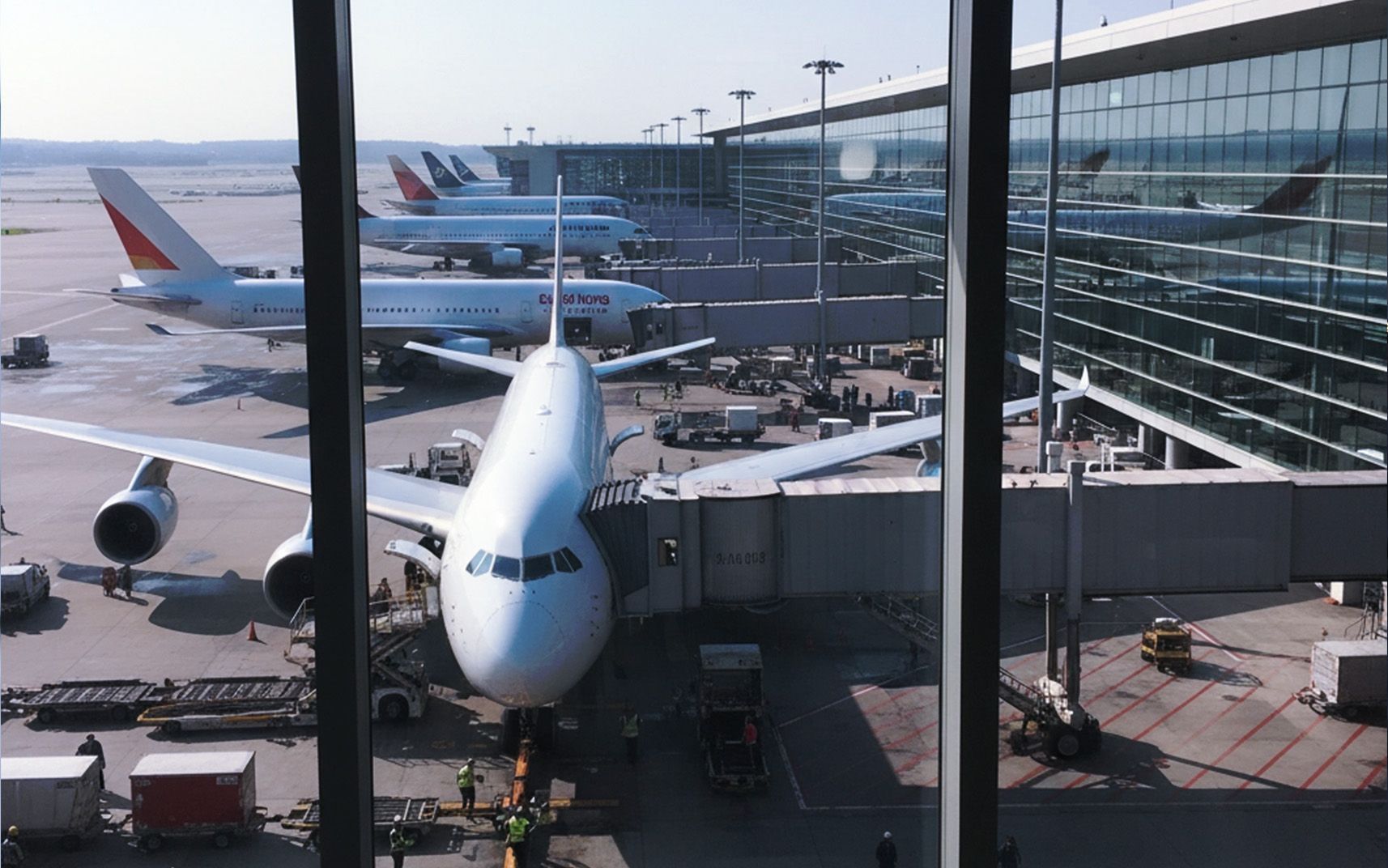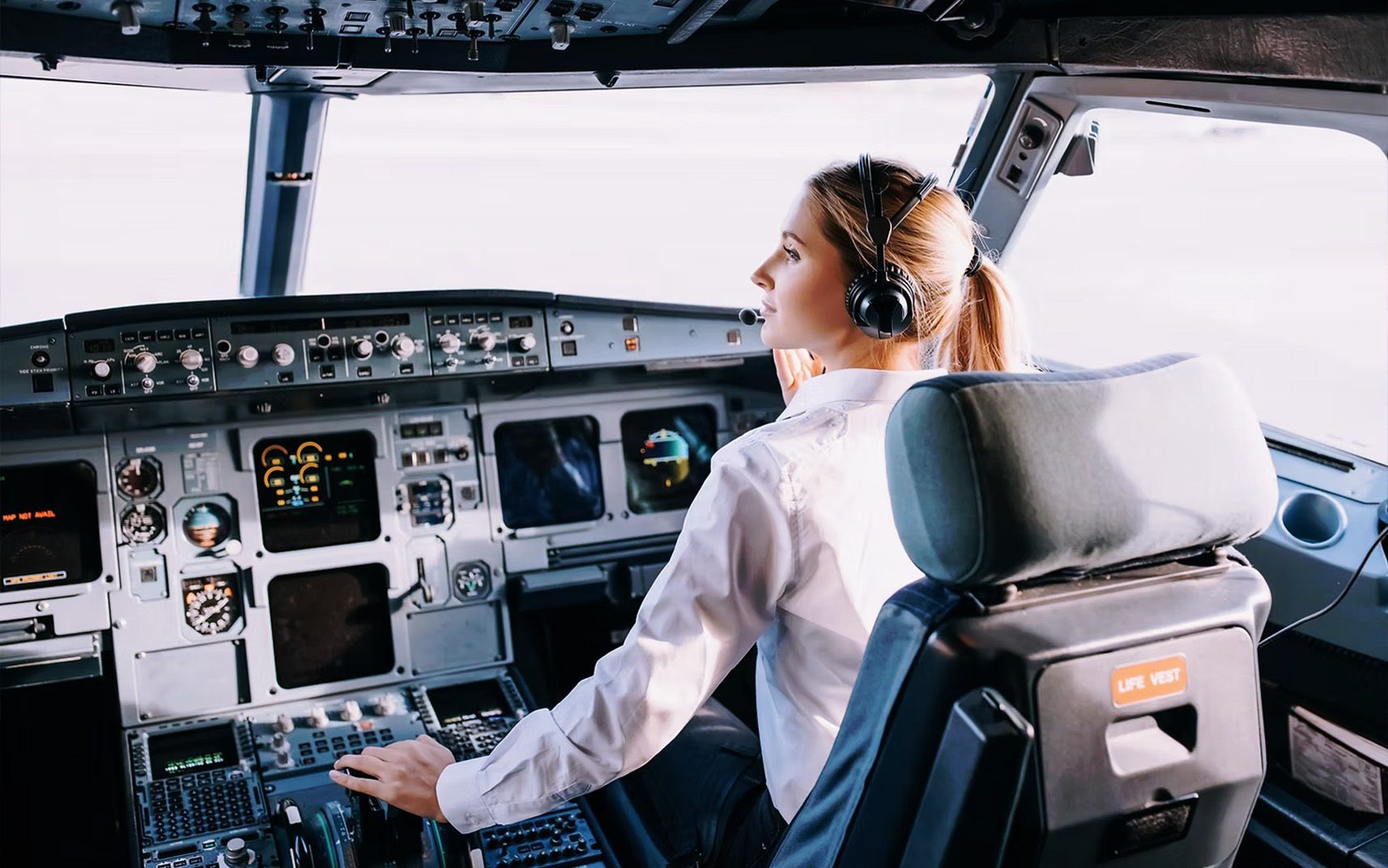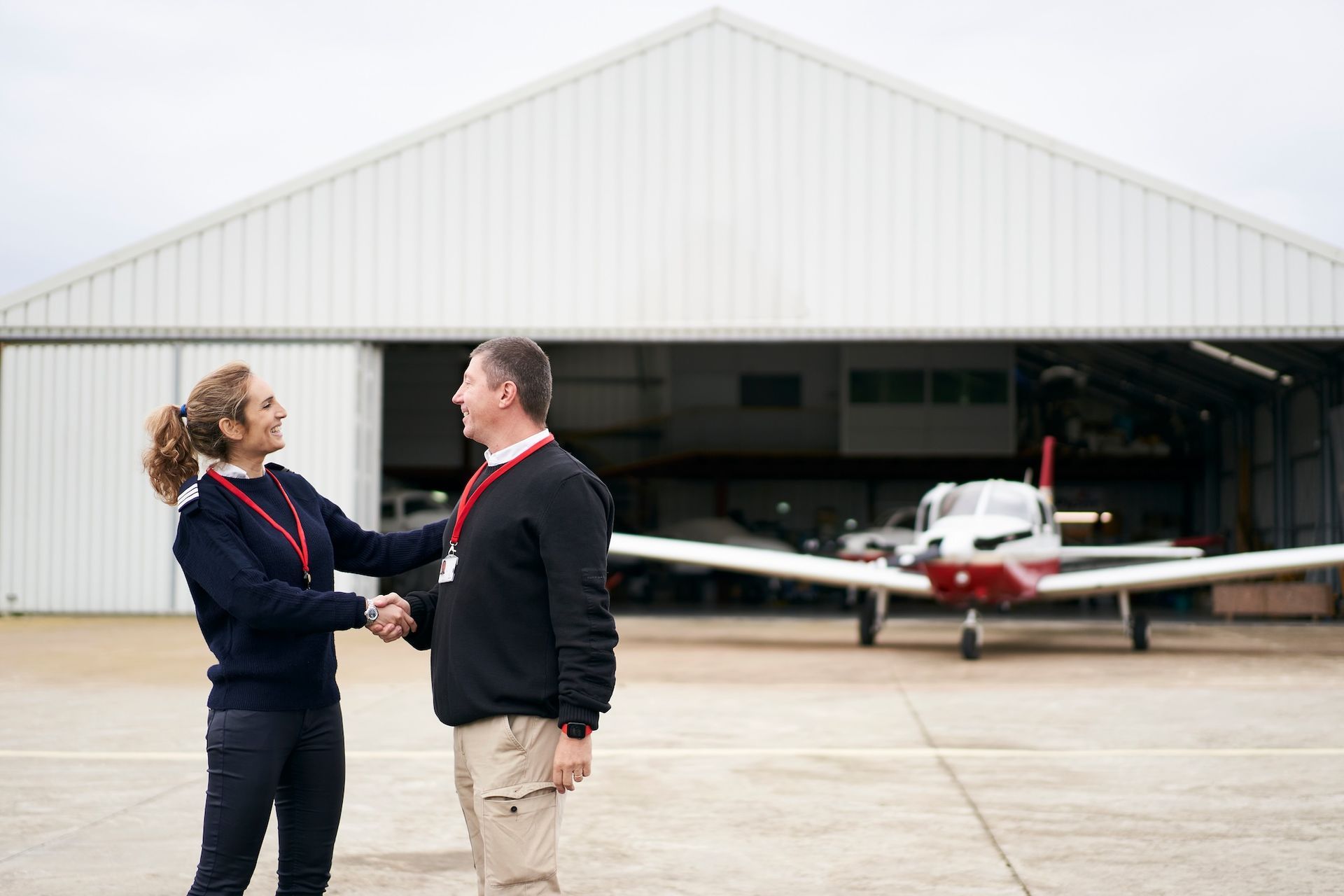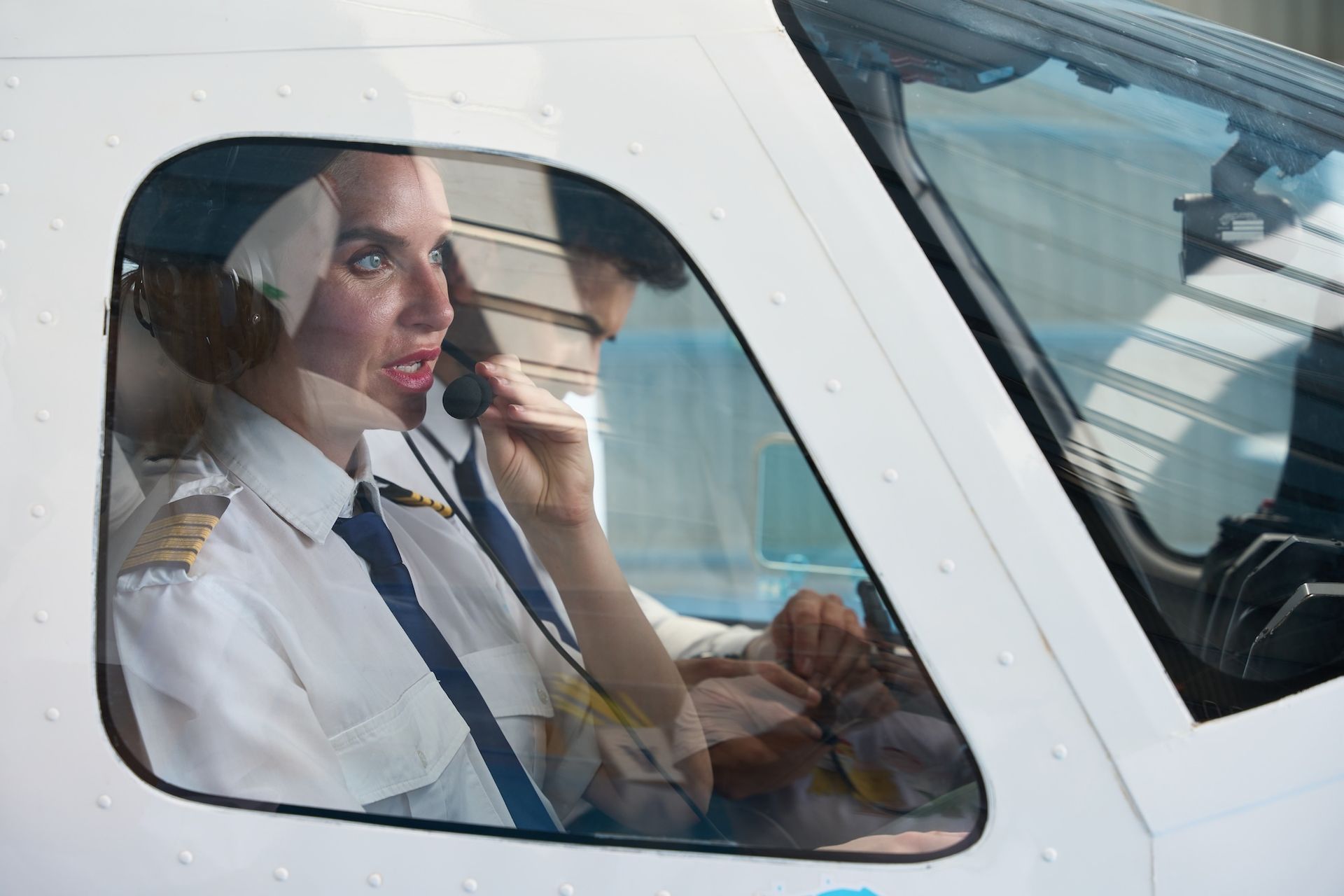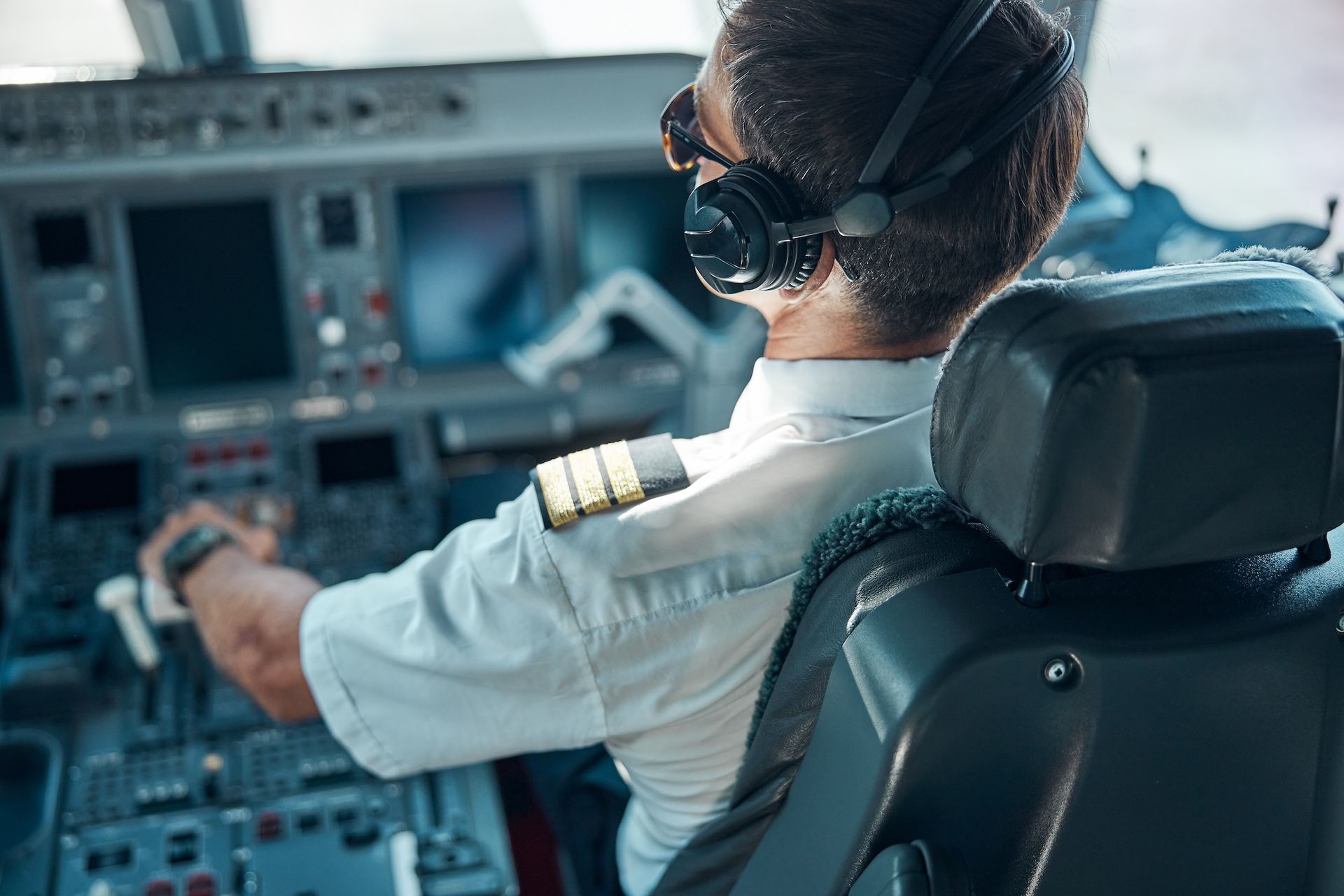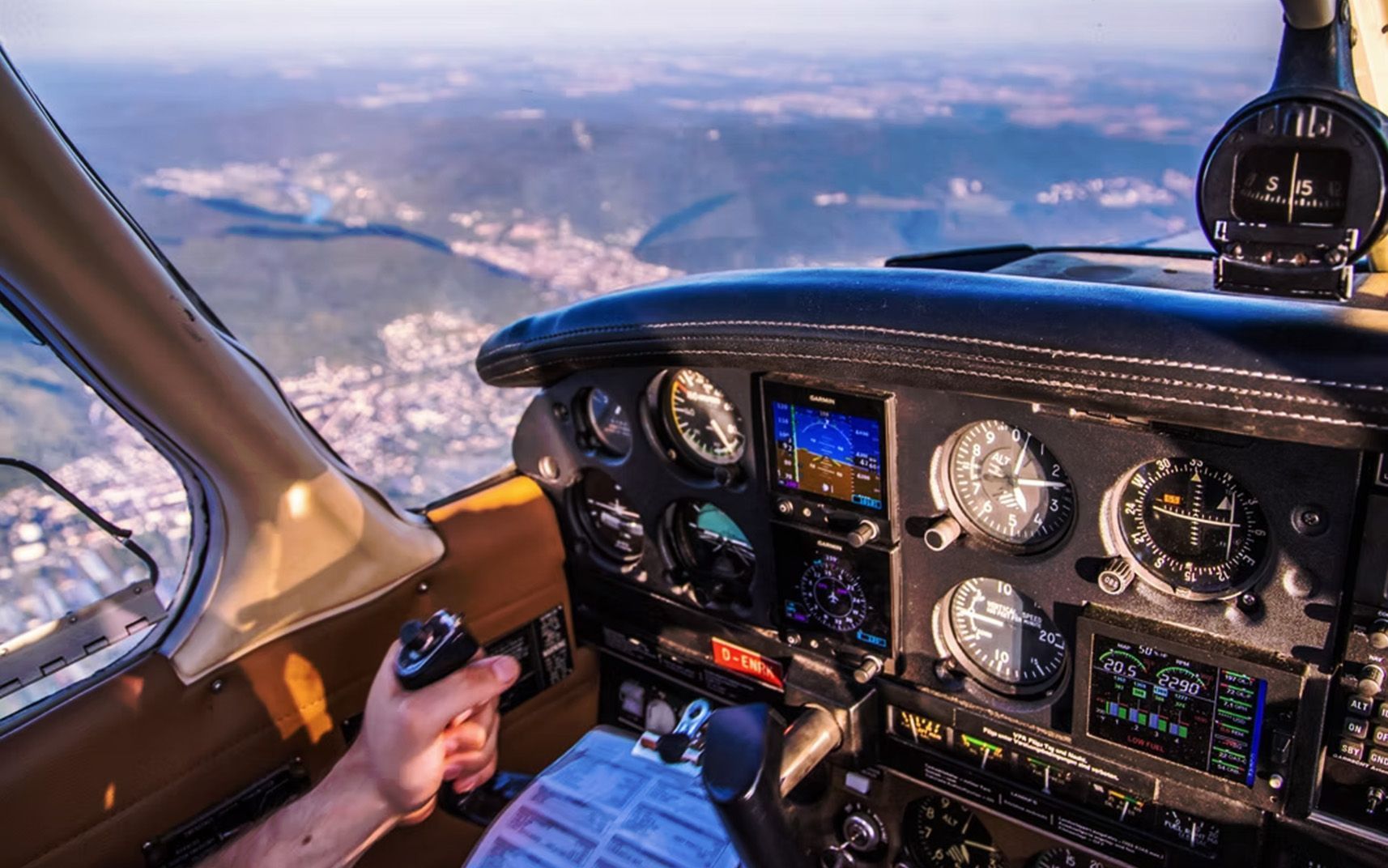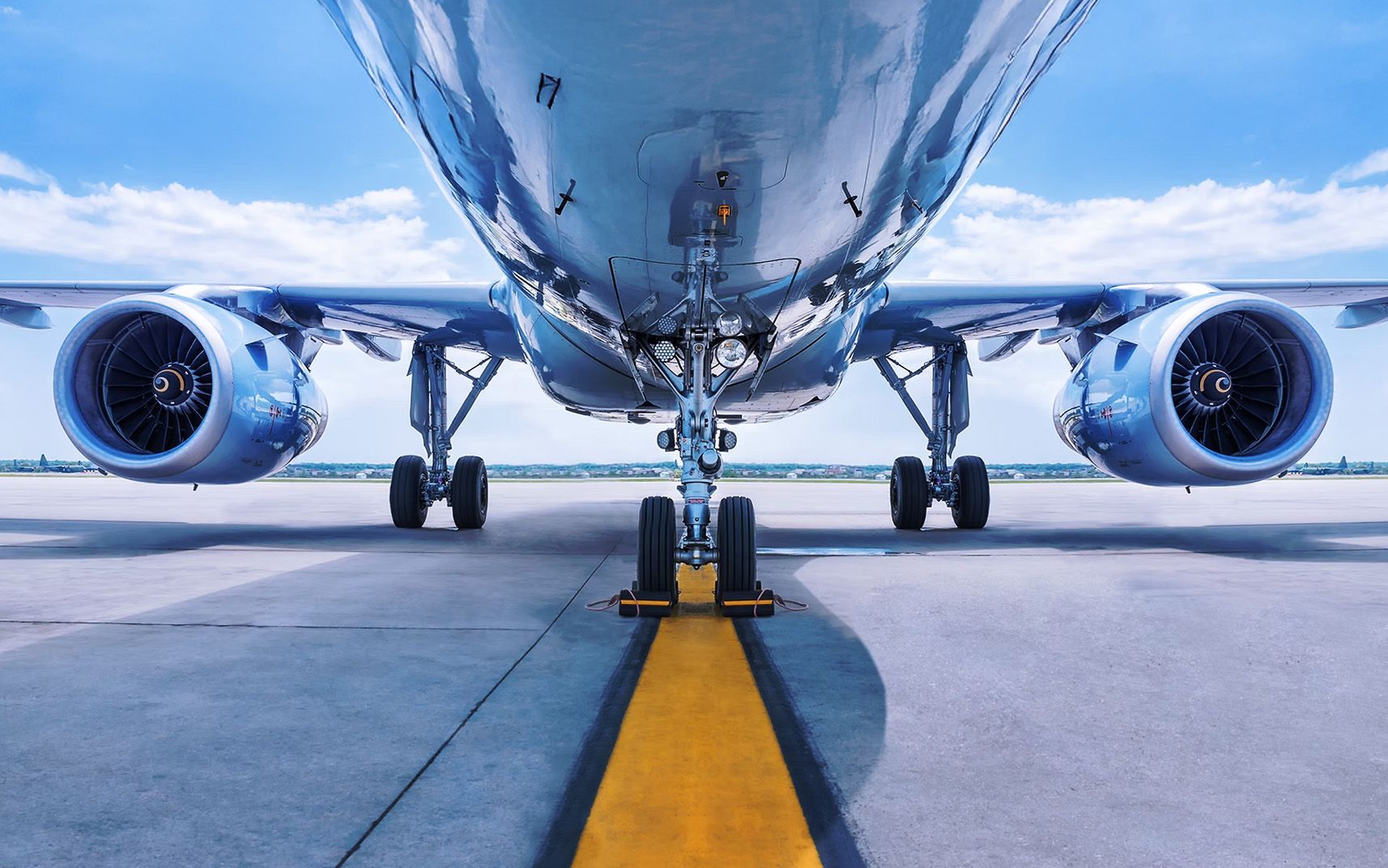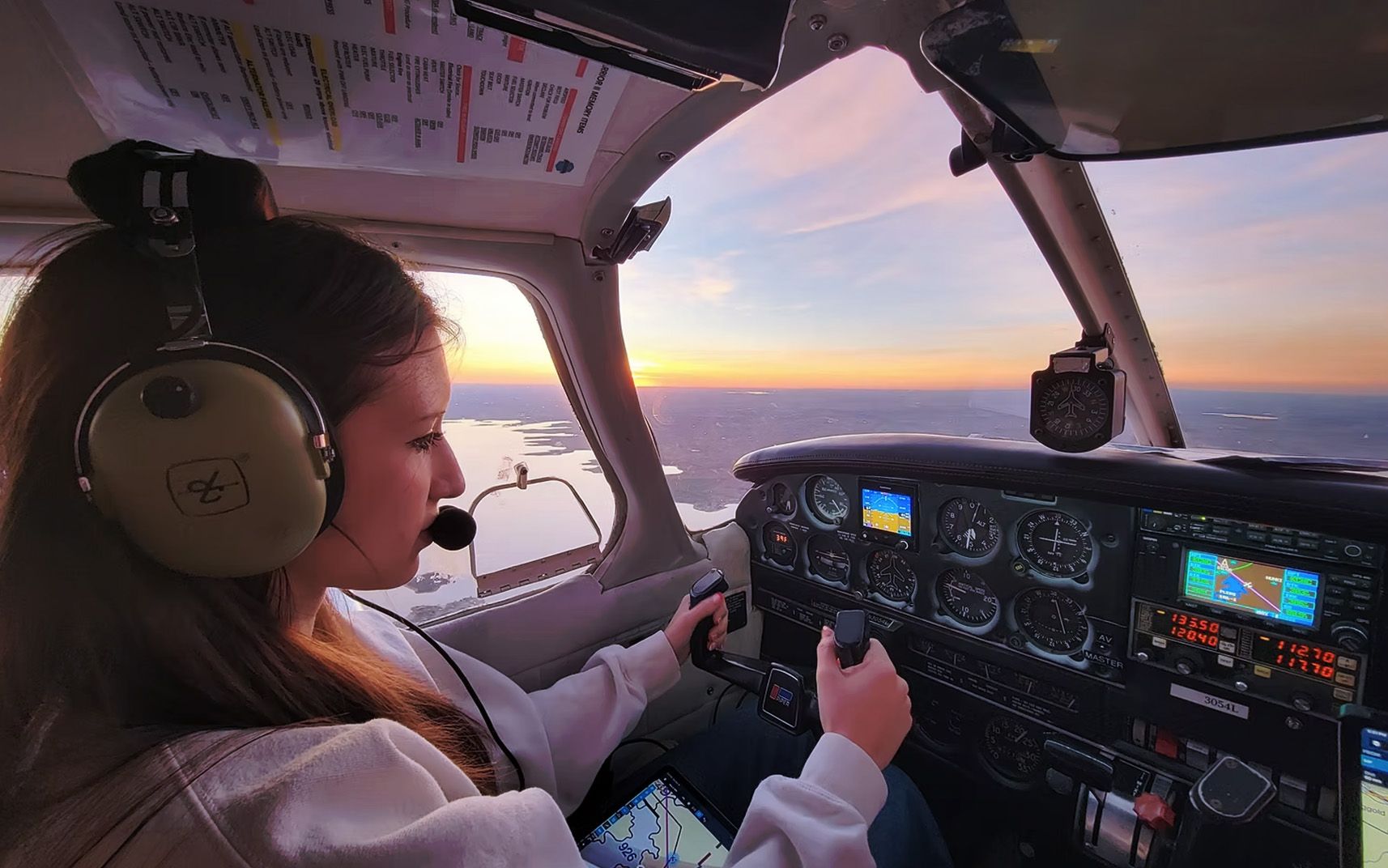What to Look for in a Commercial Pilot Training Program
Share this article
Commercial Pilot Training Program: What to Look For
Launching your career as a commercial pilot requires more than ambition. You also need the right Commercial Pilot Training Program behind you. Your choice of flight school shapes not only your skills but also your confidence and long-term success.
With so many aviation academies to choose from, selecting the best fit can feel overwhelming. That’s why it’s essential to understand what really matters in your flight training experience. Here’s how to evaluate programs that support your journey to takeoff and beyond.
1. FAA Certification and Structured Curriculum
Choose a program that holds FAA approval under Part 61 or Part 141. These certification standards ensure that aviation academies provide quality instruction aligned with federal regulations.
Part 141 programs offer a structured path with a rigid timeline, ideal for students who want to progress quickly. Part 61 programs, meanwhile, provide more flexibility for those who need to balance training with other responsibilities.
A clear training framework improves learning outcomes and increases student confidence. Ask to review the school’s syllabus and training materials. Understanding how your progress will be measured can help you stay focused and on track.
2. Experienced and Supportive Instructors
The role of a teacher in flight training cannot be overstated. Experienced and supportive instructors make all the difference when learning to fly.
A supportive teacher goes beyond technical instruction. They inspire confidence, help students overcome setbacks, and foster a professional mindset early in your pilot’s career.
Ask about instructor backgrounds, certifications, and flight experience. It’s also helpful to know if they teach full-time, how often they are available for training, and whether students can choose their instructor.
Schools with low instructor turnover and strong mentoring programs provide consistency. A team of dedicated professionals ensures you never feel lost or unsupported throughout your training.
3. Modern Fleet, Simulators, and Safe Facilities
Your success depends on access to well-maintained aircraft and realistic simulators. A high-quality fleet with modern avionics prepares you for what you’ll encounter in commercial flight operations.
Flight simulators provide a controlled environment for learning emergency procedures and instrument flying. These tools are especially helpful during the early phases of training and in bad weather conditions.
Clean, organized classrooms and maintenance facilities also reflect the school’s overall safety culture. Visit in person if possible to see the aircraft, training equipment, and safety protocols in action.
4. Cost Transparency and Financial Support
Flight training is a significant investment in your future. Choose a school that provides full visibility into tuition, aircraft rental, instructor fees, fuel, insurance, and testing expenses.
Transparent pricing allows you to plan better and reduces financial surprises down the line. Some programs only quote hourly rates, while others offer package deals that bundle training elements together.
Ask whether financing, scholarships, or partnerships with lenders are available. The best aviation academies understand that supporting your ambitions includes offering financial clarity and flexible payment options.
5. Career Pathways and Industry Connections
A strong Commercial Pilot Training Program does more than certify you, it helps build a successful pilot’s career.
Look for training centers that partner with major airlines, corporate operators, or charter companies. These connections can give you a fast track to interviews and mentorship programs.
Some schools even offer conditional job offers upon graduation or allow you to work as a flight instructor to build hours. Structured career support increases your chances of becoming an airline pilot with less uncertainty.
6. Comprehensive Curriculum and Private Pilot Foundations
Effective flight training begins with the private pilot certificate, which builds the core skills and knowledge required for higher levels of training.
From there, your path should continue through instrument, commercial, and possibly multi-engine ratings. Look for schools that offer clear timelines, phase check evaluations, and ground school instruction that covers both theory and practical application.
Programs that use real-world scenarios, flight planning exercises, and weather training give you an edge. A strong curriculum not only prepares you for exams but also gives you the confidence to make real-time decisions in the cockpit.
7. Flexible Scheduling and Diverse Learning Environment
Life doesn’t stop when you begin flight training. Whether you’re switching careers or balancing a full-time job, flexibility matters.
Look for programs offering full-time and part-time options, weekend or evening classes, and self-paced modules. Some aviation academies also have multiple training locations or affiliates that allow you to transfer between sites.
Training in different types of weather and terrain builds your adaptability. Exposure to crosswinds, mountainous terrain, or coastal conditions can improve your technical versatility and situational awareness.
8. Safety Culture and Crew Resource Management
Safety should be the foundation of every flight school. A solid safety culture improves learning outcomes and prepares you for professional operations.
Look for structured safety policies, clear emergency procedures, and transparent oversight from senior instructors. Schools that monitor student progress using check rides and written evaluations are better equipped to catch problems early.
Top programs also integrate Crew Resource Management (CRM) into training. CRM teaches communication, decision-making, and teamwork, essential skills in multi-crew environments and airline operations.
9. Time-to-Completion and Professional Development
Every student’s journey is different. Some complete their commercial training in under a year, while others take a slower pace due to work or family obligations. Whatever your timeline, make sure the school offers guidance on building flight hours, choosing endorsements, and planning for your career.
Professional development should be built in, think resume workshops, mock interviews, and guest lectures from industry professionals. These tools enhance your career readiness and help you present yourself confidently to future employers.
10. Graduate Outcomes and Reputation
The reputation of a school speaks volumes. Talk to graduates and read reviews online to understand how past students fared in their training and career development. Strong alumni networks and a track record of placing students in desirable positions show that a school can walk the talk. Reputation also matters when you're applying to major airlines, a respected training background can be a powerful differentiator.
Recent Posts
